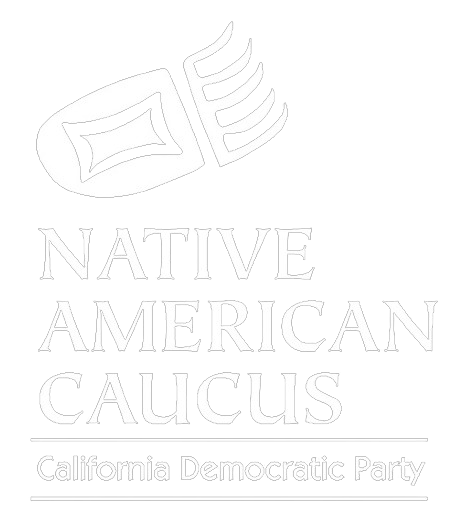California has been home to human beings for at least 12,000 years, with the period of European-American settlement representing only a tiny fraction of this time. The first Europeans to arrive in California encountered hundreds of thousands of people organized into hundreds of distinct tribal groups. They flourished in the bountiful hills and valleys of what would someday become the Golden State.
The contact between these first Californians and successive waves of newcomers over the three succeeding centuries was marked by the utter devastation of Native American people, families and society. The colonial regimes of Spain and Mexico, through disease and slavery, reduced the indigenous population by more than half. Then the Gold Rush came, and with it a wave of new diseases and outright violence that halved the population again in just two years. The newborn State of California institutionalized violence against Native Americans, enacting policies of warfare, slavery and relocation that left few people alive and no tribe intact. In his 1851 address to the Legislature, our first Governor, Peter Hardeman Burnett, famously stated, “That a war of extermination will continue to be waged between the two races until the Indian race becomes extinct, must be expected.”
In spite of Burnett’s prediction, California today is home to the largest population of Native Americans in the fifty states, including both the rebounding numbers of our native Tribes and others drawn to the Golden State by its myriad attractions. The success of tribal businesses and the rise of tribal members in all walks of life today stand as testament to the resilience and enduring spirit of our native peoples. If Governor Burnett could not envision a future California including Native Americans, it is just as impossible for us today to envision one without them.
NOW THEREFORE I, EDMUND G. BROWN JR., Governor of the State of California, do hereby proclaim September 28, 2012, as Native American Day.

Leave a Reply